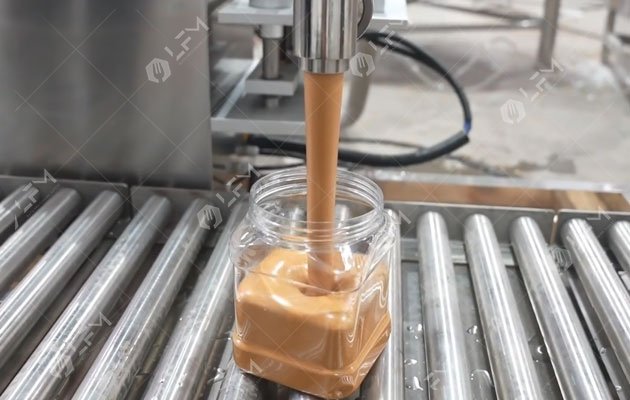How To Start A Peanut Butter Factory? - A Brief Guide
Starting a peanut butter factory is a complex and meticulous task, involving market research, site selection, equipment purchase, raw material procurement, production process design, quality control, marketing strategy and many other aspects. Here is a brief guide to help you understand the basic steps and precautions for starting a peanut butter factory.
1. Market Research and Business Plan
Market Research: First, have an in-depth understanding of the current situation and trends of the peanut butter market, including target consumer groups, competitor analysis, market demand, price range, etc. Evaluate your product positioning, whether it focuses on differentiated routes such as organic, additive-free, and special flavors.
Business Plan: Based on the research results, develop a detailed business plan. This should cover market analysis, production cost estimation, financial forecasts, marketing strategies, risk assessment and countermeasures. The business plan is not only a guide for internal operations, but also an important tool for attracting investors.
2. Legal Registration and Permits
Register a company: Choose the appropriate company type (such as a limited liability company), complete the registration, and obtain a business license.
Apply for a license: Food production must comply with strict food safety regulations. You need to apply for a production license from the local food supervision and management department to ensure that the factory meets hygiene standards and production specifications. In different regions, the application for a certificate may be different, and you need to understand the local policies in detail.
3. Site Selection and Construction
Site selection: Choose a location with convenient transportation, close to the raw material production area (peanut growing area) and in line with environmental requirements. We want to consider the convenience and cost-effectiveness of the supply chain.
Factory Construction and Layout: Design a reasonable factory layout, including raw material storage area, cleaning and processing area, grinding and sauce making area, packaging area, storage area and office area, etc., to ensure a smooth production process and compliance with hygiene standards.
4. Equipment Purchase and Installation
Production equipment: Purchase the necessary production equipment for the peanut butter plant, such as peanut cleaning machine, roasting machine, grinding machine, mixing machine, filling machine, sealing machine and so on. It is necessary to choose the appropriate equipment according to the production scale and product quality requirements.
Installation and debugging: After the equipment installation is completed, carry out system debugging to ensure that each link operates efficiently and meets safety standards.
5. Raw Material Procurement and Quality Control
Establishment of supply chain: Establish cooperation with reliable peanut suppliers to ensure that the raw materials are fresh and pollution-free.
Quality control: Establish a strict quality management system, conduct strict testing of raw materials, and implement quality control during the production process to ensure the quality of the final product.
6. Production Process Design
Process flow: Design a scientific production process flow, from peanut pretreatment (such as shelling, cleaning, roasting), grinding to adding seasoning and mixing, until the final filling and packaging, each step must be standardized.

7. Marketing and sales
Brand building: Create an attractive brand image, clarify product features and selling points, and design packaging that matches the brand image.
Sales channels: Develop online and offline multi-channel sales, including supermarkets, convenience stores, e-commerce platforms, social media marketing, etc. Consider cooperating with the catering industry to expand the market.
8. Continuous Improvement and Customer Service
Feedback collection: Collect customer feedback on a regular basis to continuously optimize product taste and service.
After-sales service: establish a perfect after-sales service system to solve problems consumers may encounter and enhance customer loyalty.
Conclusion
Starting a peanut butter factory is a systematic project that requires patience and careful planning. Maintaining sensitivity to the market, focusing on product quality and innovation, while strengthening brand building and customer service are the keys to success. Remember, continuous learning and adapting to market changes will help your factory stand out in a competitive market.
If you want to know more about Peanut Butter Factory, please contact us.
If you want to know more about Peanut Butter Factory, please contact us.
Email: serena@machinehall.com
WhatsApp/Mobile: +8615515597212
Message
